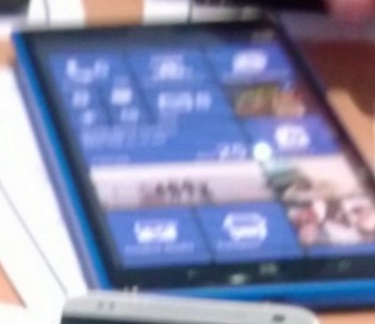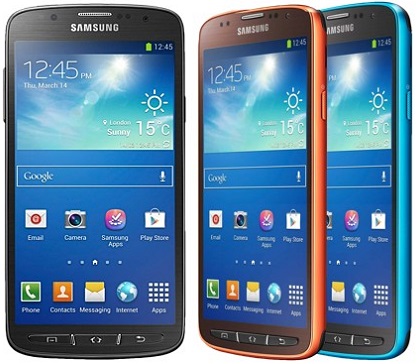This is my phablet, the Sony Xperia Z.
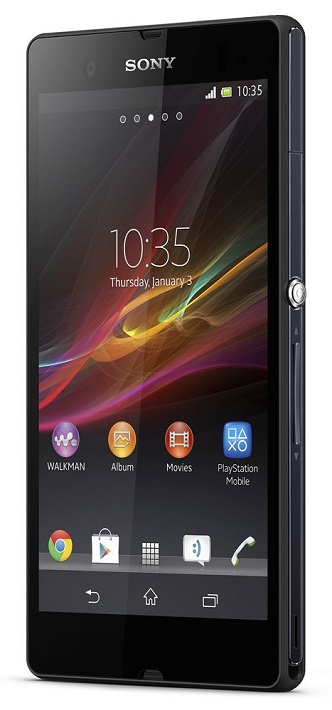
True, I have been thinking a long time about replacing my four and a half year old HTC Touch Pro. It was not a bad smartphone, but the technology on today’s smartphones and phablets is light years ahead. I liked the physical keyboard on the Touch Pro, but on the other hand, a very limited number of apps were available on the ancient Windows operating system limited. After all, what sense did it make for someone owning a website about phablets and not owing a phablet himself?
There has been a lot of hype about the Xperia Z, well before it was released in February. I have been reading several reviews on this smartphone, but the majority seem to agree that it is one of the best smartphones/phablets that are currently available on the market. As a matter of fact, the user ratings of the Xperia Z on the highly popular site GSM Arena are indeed very high, higher than the user ratings for the Samsung Galaxy S4 and the HTC One.
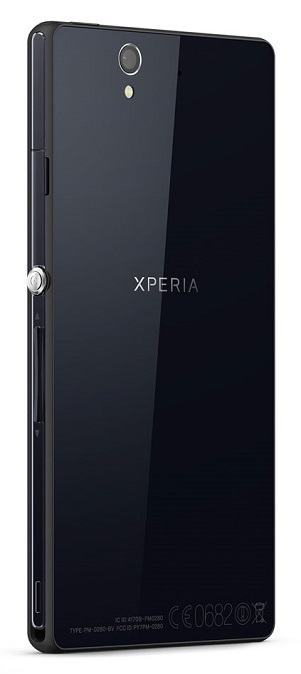
I Thought About Getting the Sony Xperia Acro S
It took me a few months to finally decide what my new smartphone was going to be. Initially I was thinking of getting a Sony Xperia Acro S. One of the things I like about the Acro S is that it is water resistant. It is not the first time that I got lost while being abroad and at the same time it is not the first time I got caught in the rain while being abroad. Being lost is the rain is not a very pleasant experience.
Given that I do not own one of those outdoor GPS devices, I always thought that a water resistant smartphone would the perfect guide in such a situation. Apart from that, such a smartphone would also enable me to take photos without the risk of ruining my digital camera due to water damage.
I Then Became Interested in the Sony Xperia V
As the things turned out, I never came to buy the Acro S so my attention turned on the Sony Xperia V, which happens to be another water resistant smartphone. Apart from the fact the Xperia V is superior to the Acro S from a technology point of view; the Xperia V has a user replaceable battery, something that the Acro S cannot boast of. After Michael, a work mate of mine, bought himself a Sony Xperia V, I became more interested is getting one for me as well.
I Finally Decided to buy the Sony Xperia Z
I was after John, another work mate of mine, bought himself a Sony Xperia Z that I really got interested in getting one myself. I always thought that € 650 or € 700 was too much to pay for a phone; however it is also true that I am not one who spends a lot of money on mobile phones. After all, I only bought two mobile phones over a period of ten years or so. Therefore, I thought to myself, that a new smartphone should serve me for a period of at least four years.
Apart from the price, the disadvantage of the Xperia Z over the Xperia V is that it does not have a user replaceable battery. One the other hand, the Z has better technology and a faster quad core processor, when compared to the dual core processor of the V. The Z also has 2GB RAM, compared to 1GB RAM for the V and 16GB of internal memory when compared to 8GB for the V.
Apart from that, the Z has a 5 inch screen while the V comes with a smaller 4.3 inch screen. Therefore the Xperia Z is a phablet while the Xperia V is not. Not long before launching this website, I used to think that a 5 inch display is simply too big for a smartphone; however I had changed my mind after handling the Samsung Galaxy S3, which has a display size of 4.8 inches.
Anyway, after handling the Sony Xperia Z, I thought about it for a few weeks and finally decided to grab one myself. I got my Xperia Z about a month ago and it was a decision I did not regret.


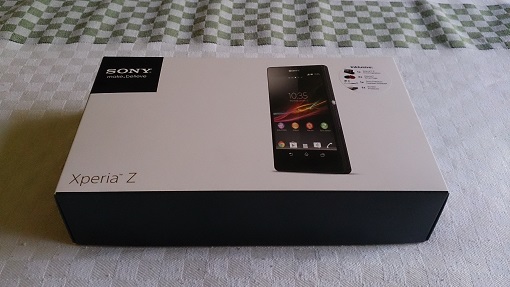
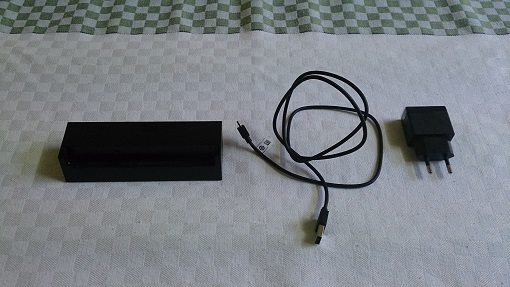
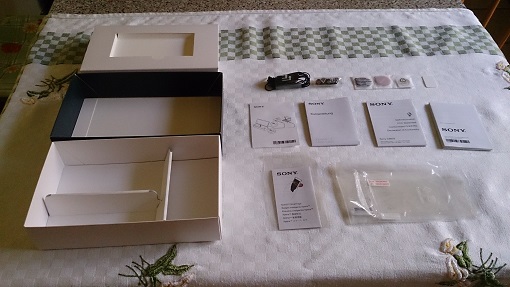
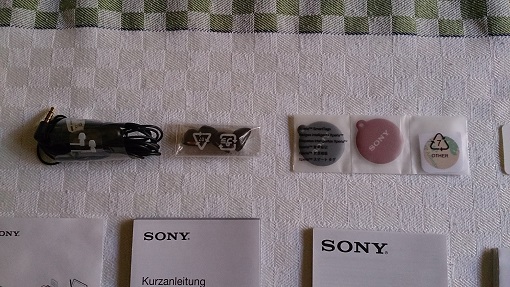
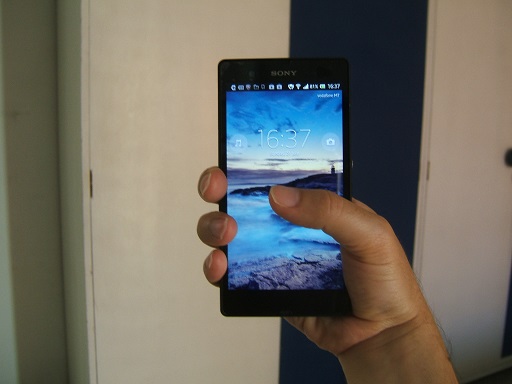
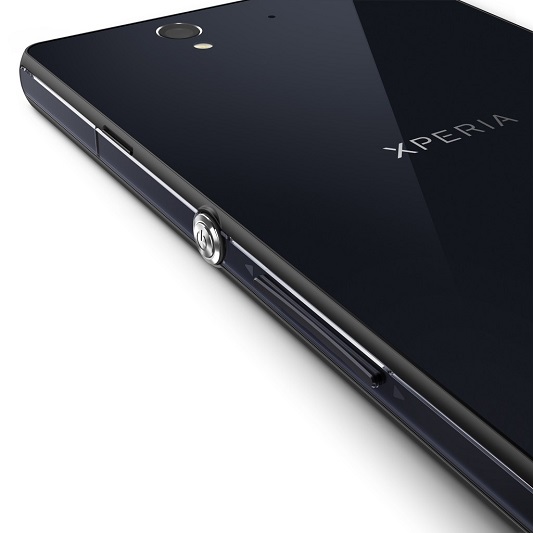
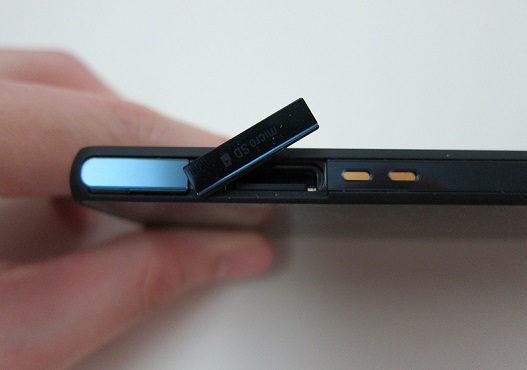
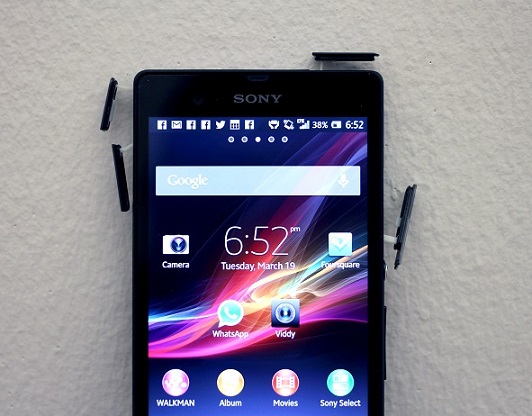



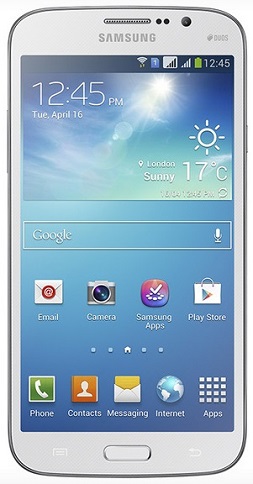
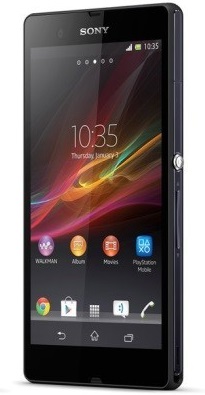 The new Xperia phablet is expected to come with a 2.2 GHz Snapdragon quad core processor, 16 GB of internal memory storage and 2 GB of RAM. As can be expected, it would be possible to upgrade the internal memory by inserting a microSD card. The graphics processing unit of the Ultra should be an Adreno 330 processor. Surprisingly, it looks that Sony will only include an 8 megapixel camera on the back (the Xperia Z comes with a 13.1 megapixel camera). The front facing camera should support 2.2 megapixels, just like the Xperia Z.
The new Xperia phablet is expected to come with a 2.2 GHz Snapdragon quad core processor, 16 GB of internal memory storage and 2 GB of RAM. As can be expected, it would be possible to upgrade the internal memory by inserting a microSD card. The graphics processing unit of the Ultra should be an Adreno 330 processor. Surprisingly, it looks that Sony will only include an 8 megapixel camera on the back (the Xperia Z comes with a 13.1 megapixel camera). The front facing camera should support 2.2 megapixels, just like the Xperia Z.